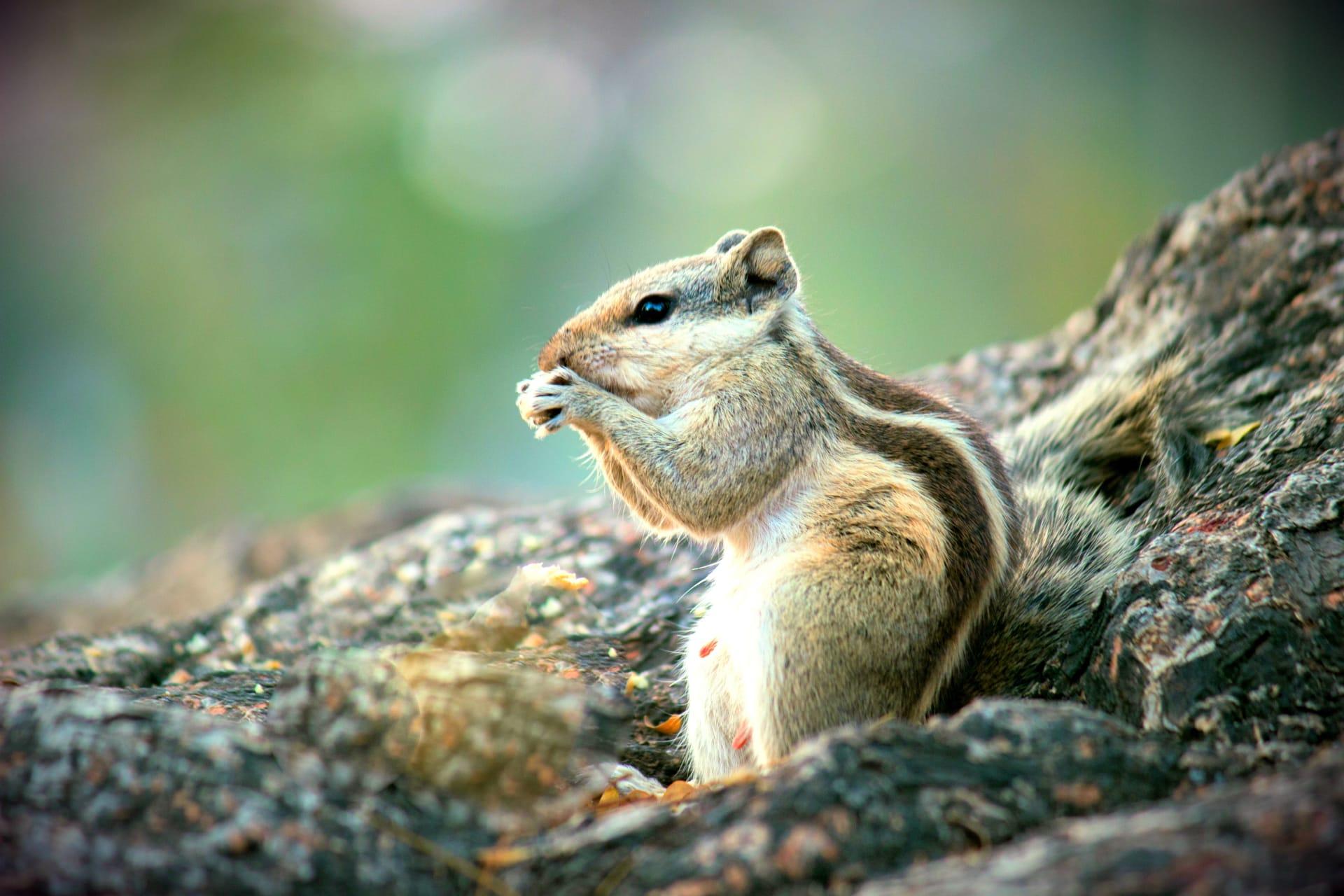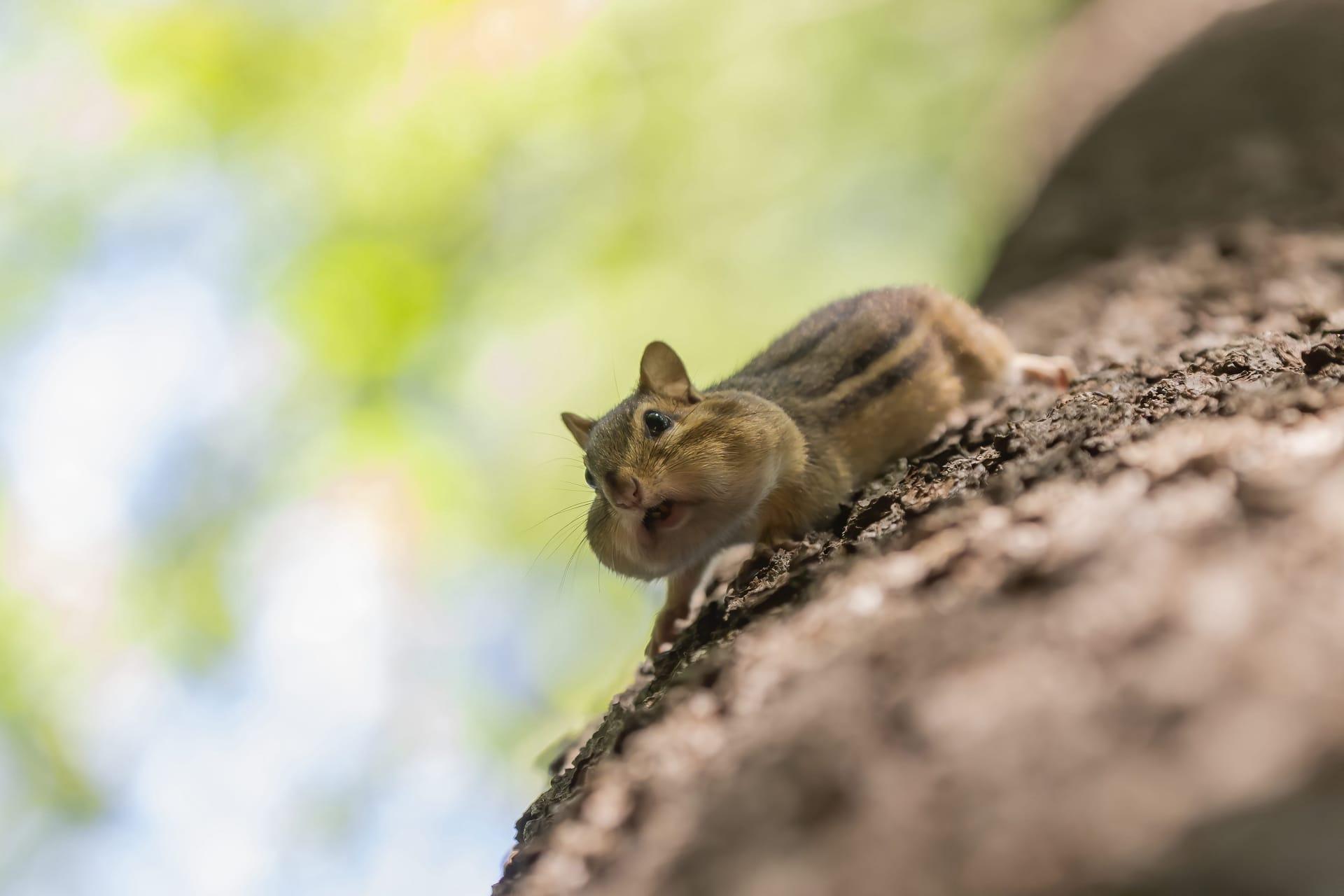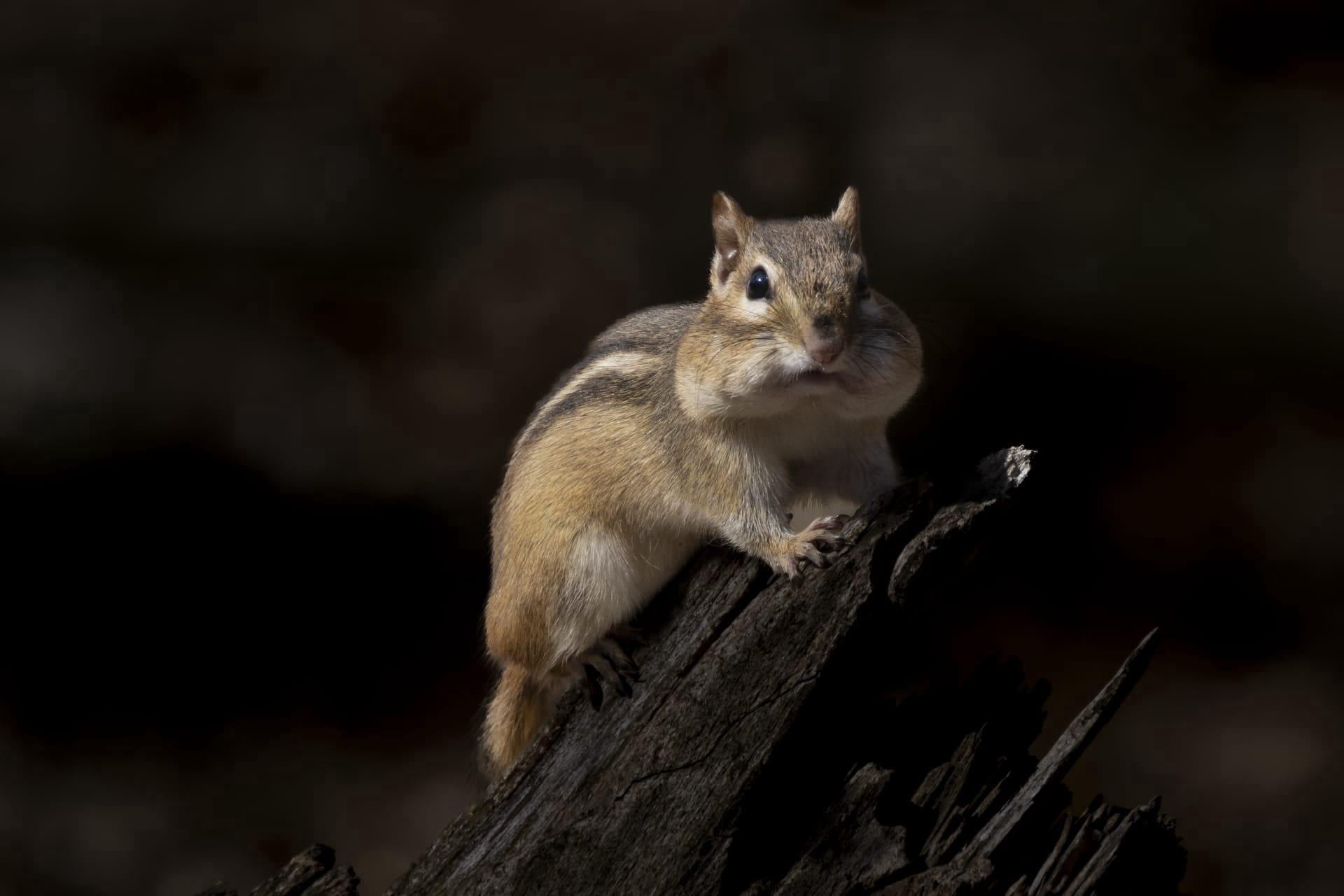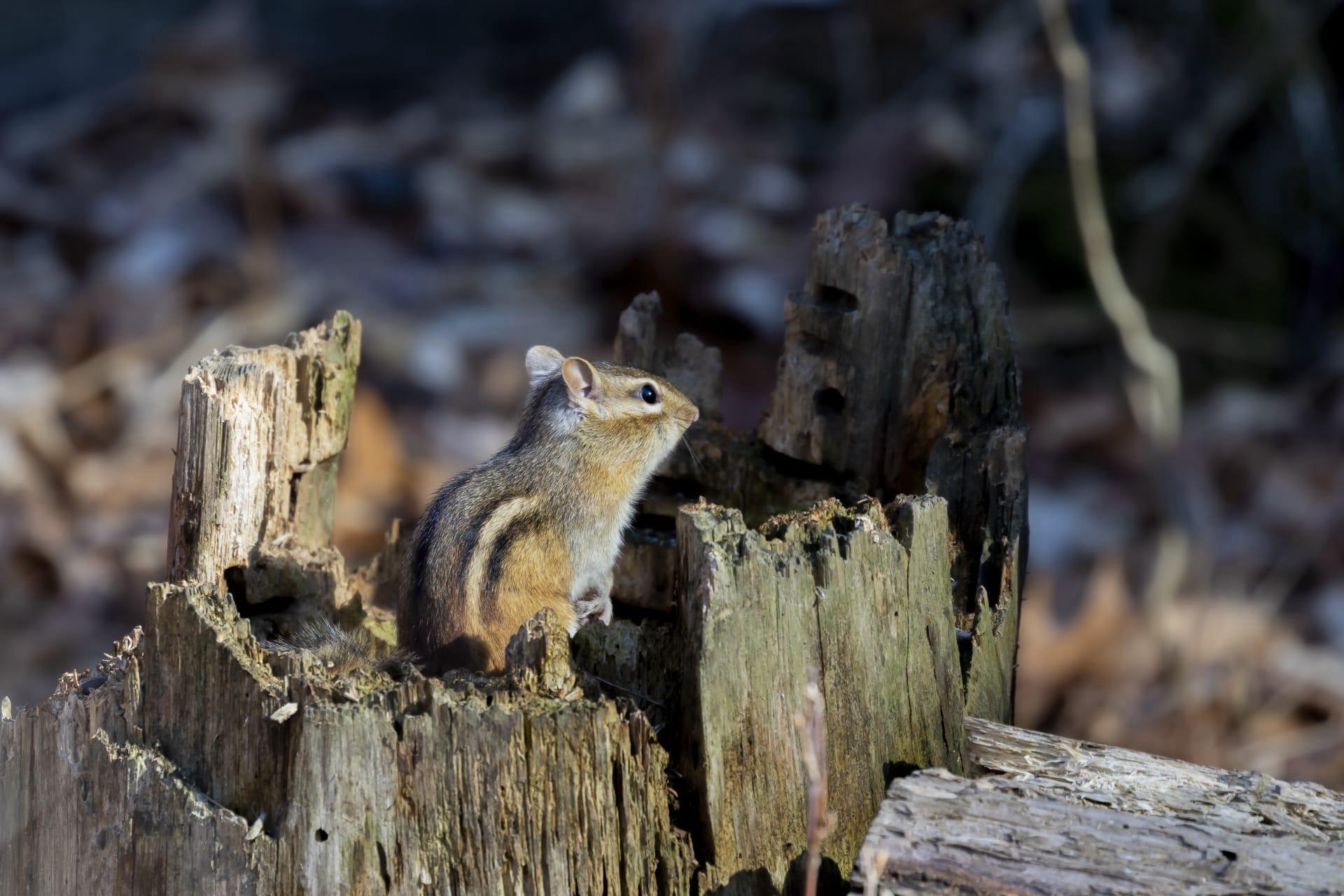Chipmunk Characteristics
- Home /
- Mini Encyclopedia /
- Animal /
- Chipmunk Characteristics
1
Chipmunks, those adorable little creatures, are a part of the squirrel family. They are small, typically measuring between 7.5 to 8.5 inches in length, including their bushy tails. Weighing just about 1 to 5 ounces, these tiny mammals are quite the lightweight! Chipmunks have an average lifespan of about three years in the wild, but can live up to eight years in captivity. Their bodies are perfectly adapted to their lifestyle; with sharp claws for climbing and digging, and cheek pouches that are downright fascinating.
Speaking of cheek pouches, these are chipmunks' most unique organs. These stretchable pouches are like natural shopping bags, allowing chipmunks to gather and carry multiple food items back to their burrows. When filled, these pouches can be as big as the chipmunk's head! They use them to transport and store food, which is crucial for their survival, especially during the winter months. These pouches are lined with fur, helping to keep the stored food fresh.

2
Question: Why do chipmunks have stripes?
Answer: Chipmunks' distinctive stripes serve a crucial purpose in their survival. They have five dark stripes along their backs, interspersed with lighter, sometimes white stripes. These stripes are not just for show; they play a vital role in camouflage. When chipmunks dart through the underbrush and fallen leaves, their striped patterns break up their outline, making it harder for predators to spot them. This coloration is an excellent example of adaptive evolution, where the chipmunks' fur pattern helps them blend into their natural habitat, enhancing their chances of evading predators.

3
Chipmunks are known for their agility and speed. They can dash at speeds up to 21 miles per hour, which is impressive for such small animals. This speed is essential for evading predators and for their playful antics. They are also excellent climbers and can scale trees and fences with ease, thanks to their sharp claws and agile bodies. Their movements are quick and jerky, often pausing to stand on their hind legs to survey their surroundings.
As for feeding, chipmunks are omnivores. They primarily eat nuts, seeds, fruits, and buds, but they also consume insects, bird eggs, and small frogs. Their diet varies with the seasons and availability of food sources. Chipmunks are particularly fond of nuts, and they have an interesting way of eating them. They will often sit upright and hold the nut in their front paws, nibbling away with quick, sharp bites. Their strong incisor teeth are perfectly adapted for this task.

4
Chipmunks are found primarily in North America, although one species, the Siberian chipmunk, is found in Asia. Their habitats range from wooded areas and forests to suburban backyards and city parks. They prefer areas with plenty of ground cover and dense undergrowth, which provide them with shelter and protection from predators. Chipmunks make their homes in burrows, which they dig themselves. These burrows can be quite complex, with multiple entrances and chambers for sleeping, storing food, and even a separate chamber for waste.
When it comes to reproduction, chipmunks are solitary creatures, coming together only for mating. Mating seasons are usually in the spring and sometimes again in the early summer. The female gives birth to a litter of two to eight pups after a gestation period of about 30 days. The pups are born blind and hairless, completely dependent on their mother. They grow quickly, however, and are ready to leave the nest after just six weeks. Chipmunks reach sexual maturity at one year of age, ready to continue the cycle.

5
Book: "The Secret Lives of Chipmunks" by Thomas H. Smith, published in the United States in 1998. This book delves into the fascinating world of chipmunks, offering insights into their daily activities, survival strategies, and behaviors. Smith, a renowned wildlife biologist, combines scientific research with engaging anecdotes, making this a captivating read for both casual nature lovers and serious students of wildlife biology.
Book: "Chipmunk: A Natural History" by Ann James, published in Canada in 2005. James, a wildlife enthusiast and photographer, provides a comprehensive overview of chipmunks' habitat, diet, and lifecycle. The book is filled with stunning photographs and personal observations, making it an excellent resource for those interested in understanding these charming creatures in greater depth. Ann's passion for chipmunks shines through every page, creating an informative and visually appealing guide.